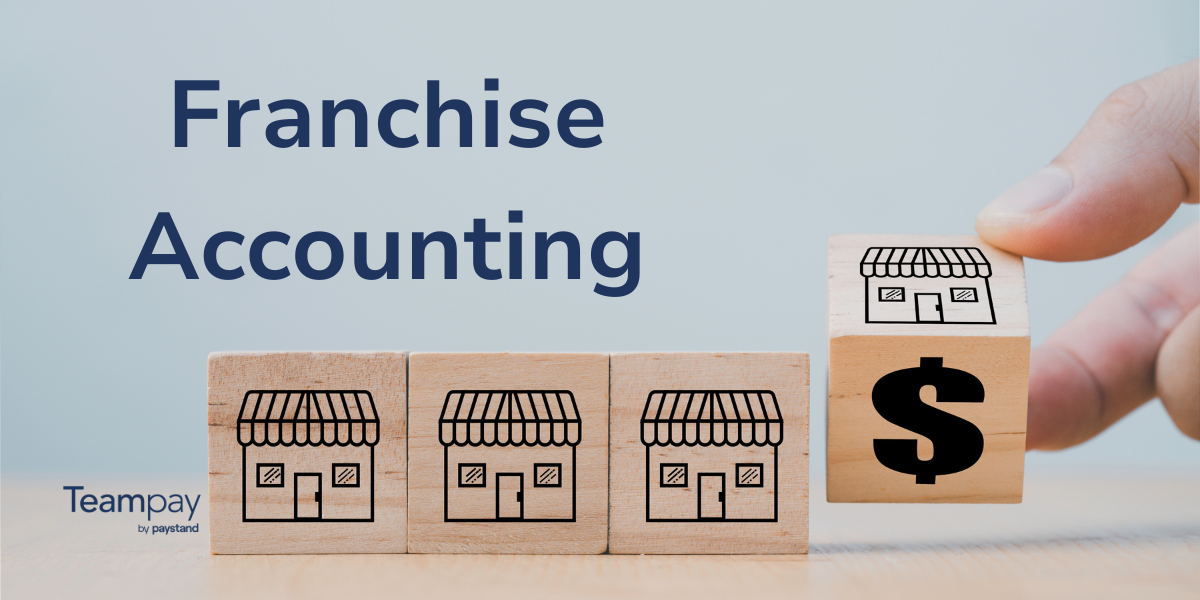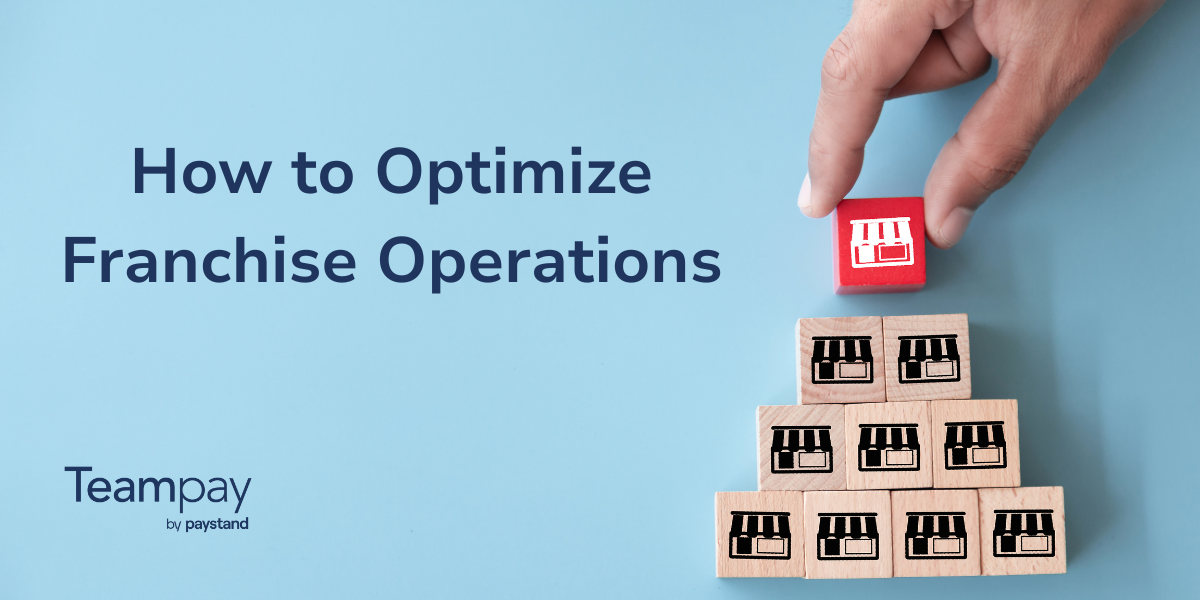Table of Contents
Key Takeaways
- The procure-to-pay process isn’t just purchasing goods and services—it is composed of multiple responsibilities that can make or break an organizations’ budget.
- Manual procurement processes translate into unnecessary costs, while procure-to-pay automation can both reduce expenses and time spent on low-value tasks.
- This form of accounting automation can accelerate the procurement process, improve efficiency, boost cost-savings, and enhance transparency.
Manual procurement costs businesses serious money every year, with indirect spend categorized under selling or administrative expenses amounting to 20% to 40% of revenue. Furthermore, paper-based procurement reduces visibility. This makes it challenging to pinpoint which expenses are necessary, and which are hemorrhaging money and disrupting cash flow.
But that’s just considering businesses that have a comprehensive, but manual, procure-to-pay system. It doesn’t consider businesses without standardized processes for collecting data, reconciling accounts, and communicating expenses across departments.
That said, businesses across industries and sizes can leverage procurement systems to streamline payments and keep track of spend.
In this article, we’ll cover the key benefits not just of procurement, but procure-to-pay automation.
What is the procure-to-pay process?
Procurement is the process by which organizations seek out and obtain needed services or goods in a strategic manner that aims to fulfill future and current needs. Purchasing products or services isn’t synonymous with procurement. In fact, purchasing is usually the last step in the procurement process.
A procure-to-pay process determines what needs the organization has, which types of purchases will fill those needs, which suppliers are feasible, and the best way to pay for goods and services. This can involve tasks like soliciting bids, building supplier relationships, negotiating contracts, purchasing, and optimizing payments.
The procure-to-pay process is similar to that of a “source-to-pay” process, yet there are some key differences between the two system formats; most notably, source-to-pay generally refers to a system wherein new vendors are found, vetted, and added to an organization's internal vendor list or database. Conversely, procure-to-pay systems might only deal with existing vendor lists and databases and integrate those systems with accounting systems so that payments for purchases can be more easily reconciled.
So, when it comes to the source-to-pay vs. procure-to-pay, the primary difference might be whether an organization already has trusted vendors and potentially an approved vendor list or an organization needs a comprehensive approach to finding new vendors, ensuring that they’re viable as vendors, and integrating the same system used to source new vendors with accounting systems.
By creating a well-managed procurement system, organizations are able to streamline a process that is already essential to the operation and make it more efficient, effective, and even cost-effective.
But it’s impossible to do that manually. Manual procurement is not only slow, but is prone to error and it lacks visibility into spend. This makes it challenging to identify overspending, fraud, and a number of other issues.
Automation provides a way to bypass these challenges without adding to your team’s workload.
How to automate procure-to-pay
As mentioned, the procurement process is actually composed of several responsibilities. Automating this sector requires an understanding of the big picture processes, and then mapping clear areas of repetitive, manual tasks that can easily be streamlined.
A few clear options include:
- Purchase order management
- Purchase orders approvals
- Digital vendor management
- Procurement data collection and reporting
Purchase order management
One study from Anvyl found that 67% of supply managers are using Excel for critical procurement processes like purchase order management. But this is unnecessary time spent on manual data entry and upkeep formulas.
Applying automation to PO management does more than streamline tasks like PO and invoice matching or automated procurement policy flagging. This approach makes it easier to find financial documentation related to the PO, which in turn enhances tracking and reporting. As a result, businesses can better understand what goods and services are being purchased, but whether they are aligned with company budgets and policy.
Purchase order approvals
The benefits of automating purchase orders and approvals are many. It reduces the amount of time it takes for important procurements to take place and can enable team members to operate more efficiently. Furthermore, automation can be set up ahead of time to automatically approve certain purchase requisitions or mandate them to be reviewed first.
Applying automation to the approval process with the standard operating procedure reduces the time for employees to get needed supplies and services when they need them.
Digital vendor management
Automating vendor management makes it easier to maintain internal vendor databases and physical lists, as well as improve sourcing viable vendors. In this case, automation can vet vendors based on an organization’s set budget and policies—ensuring compliance from the outset.
An automated vendor management system automatically finds duplicate information, tracks vendor transactions, and enhances the way team members source vendors during the procurement process.
Procurement data collection and reporting
Best-in-class automated procurement systems enable organizations to glean invaluable insights on multiple data points, such as:
- procurement spend
- vendor performance
- purchased goods and services cost-effectiveness
- internal project cost-effectiveness
These types of purchase-related insights can be much more difficult to come by when manually sorting through data spread across multiple departments or systems. With a comprehensive automated process-to-pay system implemented, however, organizations are able to see how purchases affect operations from start to finish.
Procure-to-pay implementation steps
Adding automation into your workflow is often a process, not a one-off event. Each organization will apply automation differently. Yet, there is a general structure for implementation:
- Map your procurement processes.
- Take inventory of your current vendors, subscriptions, and policies.
- Determine your “weakest link” to automate first. For many, this is invoice processing or vendor selection.
- Train your team on new procure-to-pay software or processes.
- Track your progress and ROI for the first automation implementation.
- Optimize.
- Rinse and repeat with automating your next procurement process.
What are the main benefits of procure-to-pay automation
Some potential benefits of well-managed procurement solutions include the ability to automate otherwise complicated processes, enhanced visibility and reporting capabilities, improved overall efficiency, and potential cost savings.
- Accelerated processes
By implementing the automation of lengthy procurement processes, organizations can enable teams to spend less time running through motions that can be otherwise preset to run automatically. Invoicing and purchase requisition management, for example, can be automated to free up team members to carry out other vital operations.
Procurement automation doesn’t only offer organizations increased efficiency, however. Accelerating the steps of the procure-to-pay process frees up time for accounting staff to focus on higher-level tasks.
- Enhanced visibility and reporting
Through the implementation of a well-managed procurement system, organizations can enjoy the benefits of enhancing visibility and reporting. End-to-end tracking of invoices, invoice approval, purchase orders, purchase requisitions, SOP documentation, and other essential documents improves visibility and streamlines the process of reporting at each step of procurement.
Furthermore, because the data is collected and stored in a company’s finance automation software, the finance team can often generate granular reports with a few clicks.
- Improved efficiency
With more procurement tasks optimally automated and increased visibility throughout the entire procurement system, team members are empowered to focus less on time-consuming yet consistently carried out tasks. They can instead focus on other vital tasks which require human nuance and understanding.
At the same time, important decision-making that can be bottlenecked through management systems can instead be distributed amongst teams so that individuals within the organization can quickly make important decisions. A well-established and comprehensive dedicated procure-to-pay system empowers even low level team members to make independent decisions on needed goods or services without diverging from company policy.
- Increased cost savings
Cutting costs is another potential benefit of a well-managed procurement system. For example, a recent report Freedom within Fences: Autonomous Sourcing Goes Mainstream, found that CFOs can use AI automation to reduce spending by 20%.
Increased agility enables procurement to identify additional opportunities such as increased early payment captures, payment discounts, and flagging more cost-effective vendors.
Measuring procure-to-pay automation ROI
Given the variety of benefits from procurement automation, there are several ways to measure ROI. It is common to begin tracking labor cost savings, invoice processing costs, and processing time—especially after implementation. However, there are other ROI metrics to follow.
For example, the error rate can track additional or reduced costs from corrections. According to the Data Warehousing Institute, errors from inaccurate data cost companies more than $600 billion a year—and shifting to automated workflows should greatly reduce this risk for your organization. You can also gauge changes in your early payment capture by determining how many more discount opportunities you can leverage through automation.
Unlock the full potential of your procurement process
A well-managed procurement system can lead to improved outcomes for an organization, from onboarding vendors to integrating to your ERP system to paying bills and at every step between. Businesses leveraging automation in nearly every facet of their operations–from marketing and sales to people management, yet many still lack comprehensive procure-to-pay systems. This amounts to a vast untapped potential in terms of operating efficiency, communication between departments, and vendor management.
With Teampay, you can unlock that potential in your own business. Easily automate your procurement process and replace old disjointed systems with a robust, seamless platform that helps you ensure that all invoiced purchases are approved and adhere to company policy, while bills are paid efficiently and on time.
And that’s only a fraction of what our best-in-class software offers finance teams. Discover how our procurement software can help you unlock growth today.












